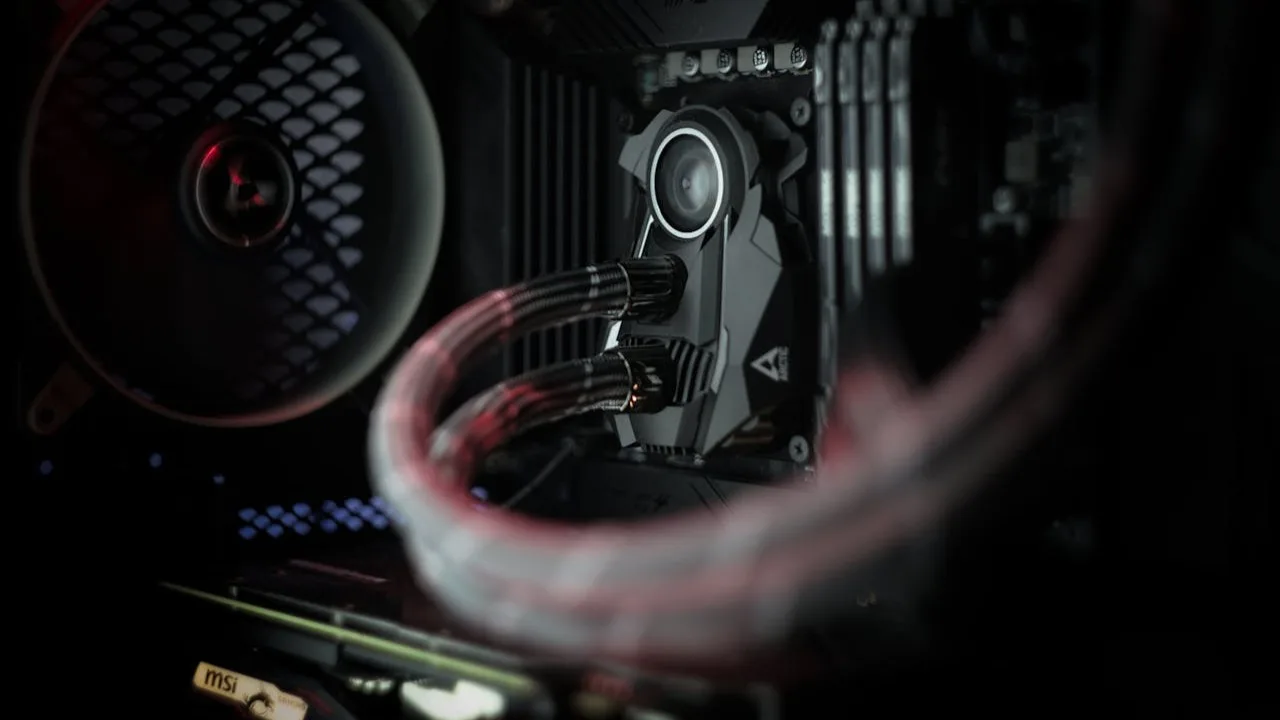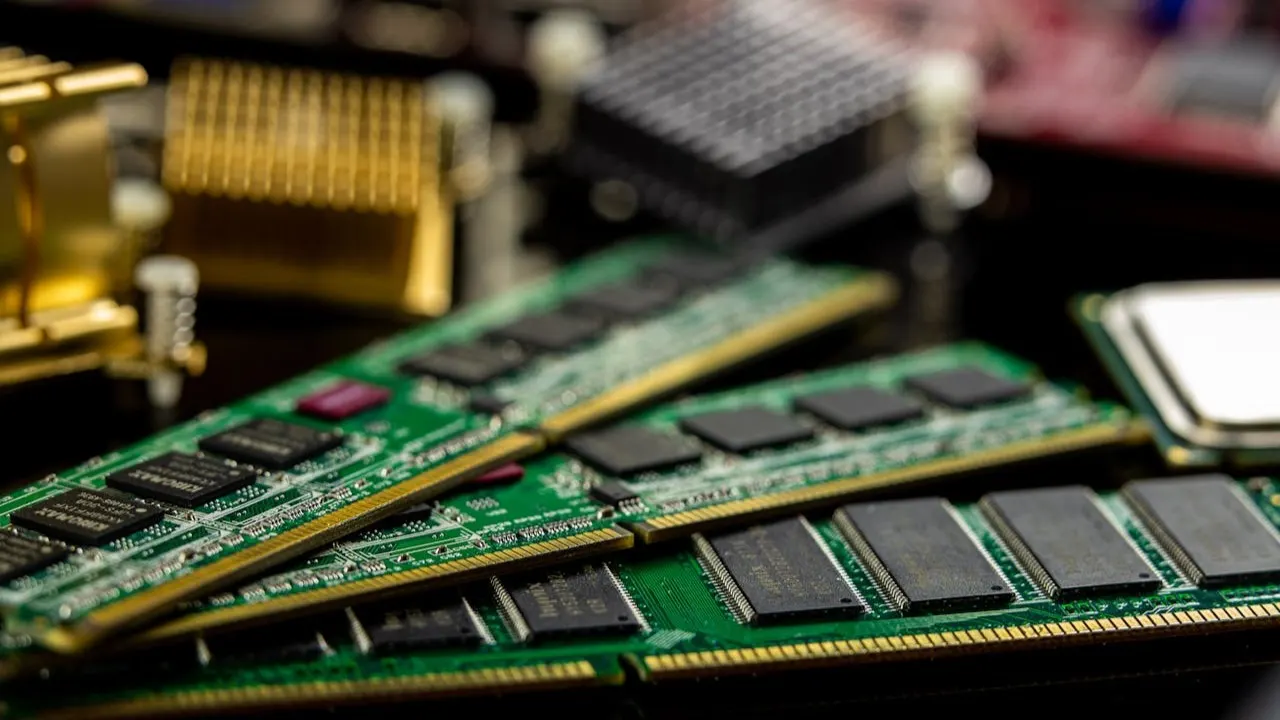Nvidia is investing $5 billion in Intel (about $23.28/share, roughly a 4% stake) and the two will co-develop multiple generations of chips for both data centers and PCs; including x86 SoCs that fuse Intel CPUs with Nvidia RTX GPU chiplets via NVLink. On the surface it’s about performance, but the timing and structure show this is also a move in the global U.S. - China tech rivalry.
What Exactly Happened?
• The deal: Nvidia will purchase $5B of Intel stock at $23.28/share, giving it about a 4% stake. The companies will collaborate on both custom CPUs for data centers and client PC chips.
• For PCs: The roadmap includes “Intel x86 RTX SoCs” (system-on-chips) where Intel CPU cores and Nvidia GPU chiplets sit together on one package, connected via NVLink. Think of it as a hybrid between Intel’s CPUs and Nvidia’s RTX graphics, with far tighter integration than today’s setups.
• For data centers: Intel will build chips tailored to Nvidia’s CUDA and AI workloads, cementing Nvidia’s position in the AI accelerator space.
Why This Matters (Beyond the facade)
• Closer CPU–GPU integration: This could cut latency, reduce power draw, and enable more compact designs. Laptops and small form factor desktops stand to benefit most in the near term.
• Foundry confidence: Intel has struggled with manufacturing delays and loss of process leadership. Having Nvidia onboard is a signal boost for its foundry turnaround strategy.
• Industry pressure: AMD has owned the CPU+GPU integration space with Ryzen and APUs. This partnership is the first real attempt to challenge that dominance head-on.
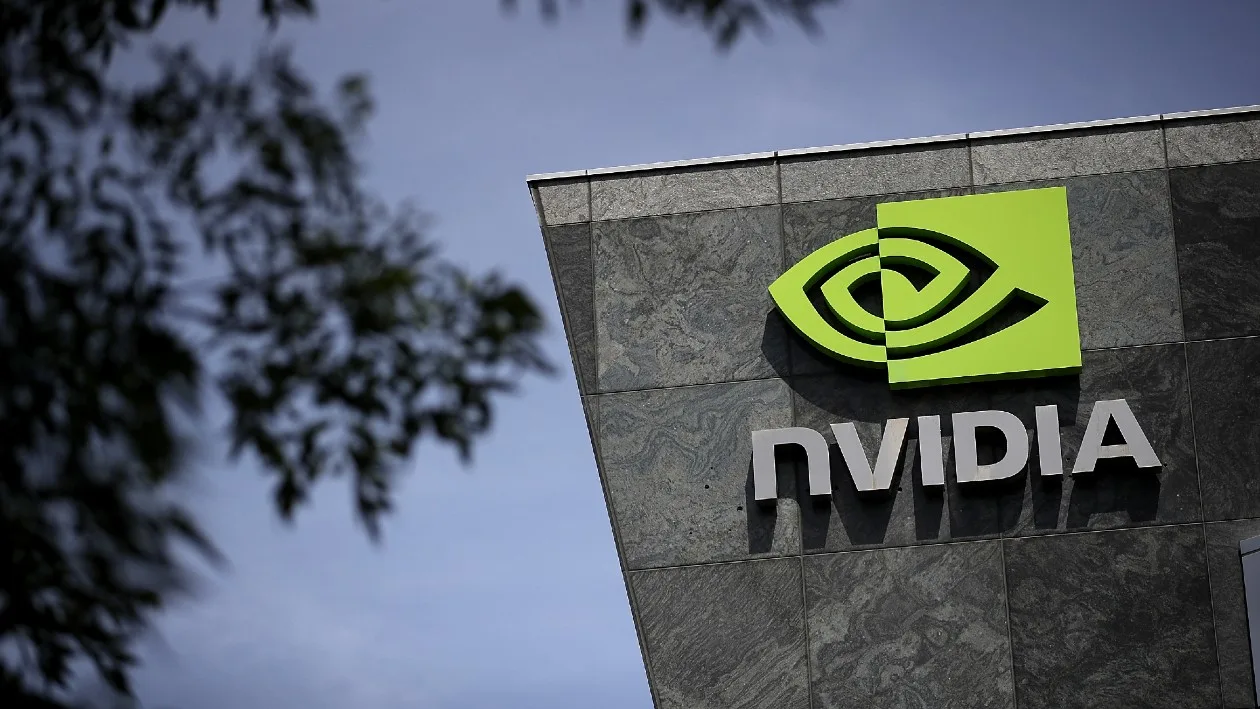
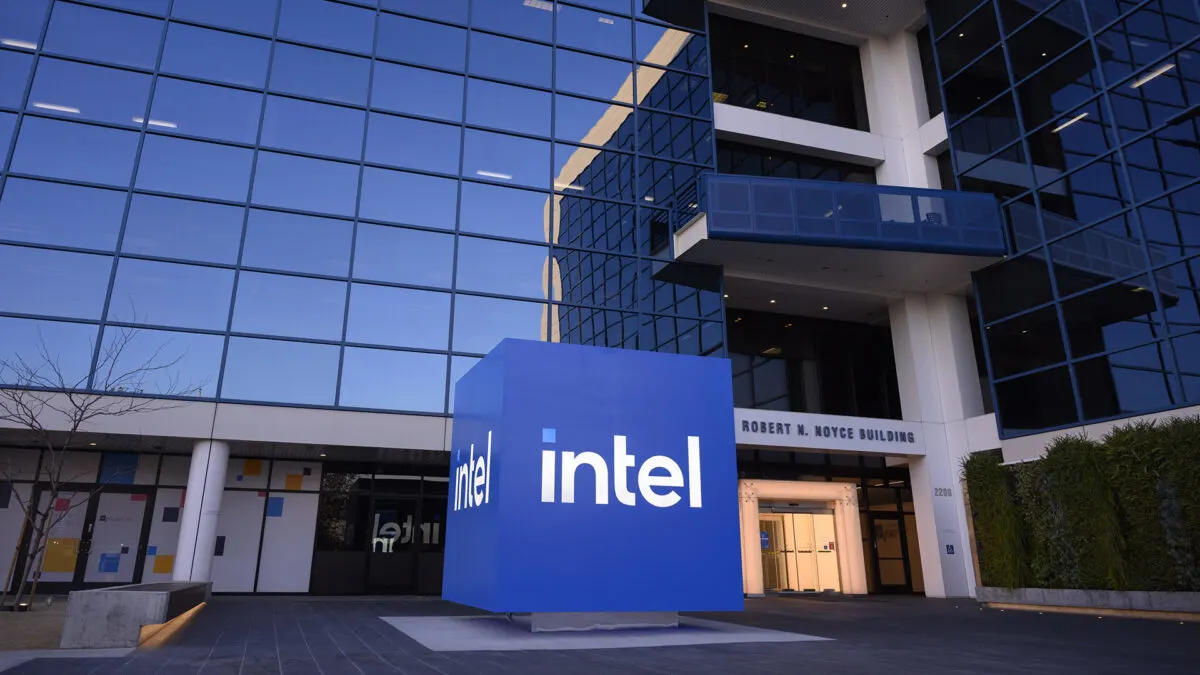
Who Needs Who More?
Let’s be clear: Nvidia didn’t need Intel to stay on top.
They already control about 80% of the discrete GPU market and their AI accelerators (H100, B200) are in such high demand that global supply chains bend around them. Nvidia’s market capitalization now exceeds $2 trillion, dwarfing Intel’s, which underscores the imbalance.
Intel however, needed Nvidia.
For years, Intel has lost CPU market share to AMD. Ryzen overtook Intel in several enthusiast and desktop segments, while EPYC CPUs now command over 20% of the server CPU market, an area Intel once dominated almost completely. At the same time, Intel’s attempt to break into discrete graphics with Arc GPUs has been inconsistent and has not significantly shifted the market.
By teaming with Nvidia, Intel instantly gains a needed step-up on the GPU side and a partner to fill gaps in graphics performance where AMD has already proven CPU+GPU synergy works. In short: Nvidia is playing with house money; Intel is betting the house.
The Geopolitics You Can’t Ignore
This isn’t just a business deal. It’s happening against the backdrop of escalating U.S. – China chip tensions:
- China recently told major tech firms to stop buying or testing Nvidia’s AI chips, tightening domestic control over strategic technology.
- Nvidia CEO Jensen Huang has said the company is “caught between larger agendas” as Washington and Beijing continue to escalate chip restrictions.
- The U.S. now requires Nvidia and AMD to pay 15% of revenue from advanced chip sales into China back to the U.S. government to secure export licenses.
In this light, Nvidia’s alignment with Intel looks like a strategic consolidation of U.S. chip power: pairing Intel’s fabs and x86 dominance with Nvidia’s GPU leadership, at a time when cross-Pacific supply chains are under pressure.
What It Could Mean for PC Gamers
- Entry & midrange first: These integrated x86+RTX packages could power affordable laptops and small desktops that handle 1080p/1440p gaming without separate GPUs. That could disrupt the low-end discrete GPU market.
- Thermals & drivers are unknowns: Combining two power-hungry chips into one package creates cooling challenges. Nvidia and Intel haven’t shown how they’ll handle sustained gaming loads or shared driver stacks.
- Discrete GPUs aren’t going away: High-end gaming (4K, VR, esports) will still demand standalone cards. Intel insists its Arc project will continue, calling the Nvidia partnership “additive.”
Prices & Availability
If the integration works, OEMs could ship thinner, cheaper gaming-capable systems with fewer components. That might compress prices in the budget space while leaving the enthusiast tier largely untouched.
But until we see yield rates, VRAM setups (shared vs discrete), and power envelopes, any price forecast is speculation. Both companies have said multiple generations are planned, but the consumer timeline is at least 12–18 months away.
Should You Wait to Upgrade?
If you need a PC now, buy for today. The first x86+RTX SoCs will likely target laptops and compact desktops, not high-end builds.
If you’re interested in small form factor systems or midrange laptops, it may be worth watching. But until benchmarks and power figures arrive, don’t delay upgrades solely on hype.
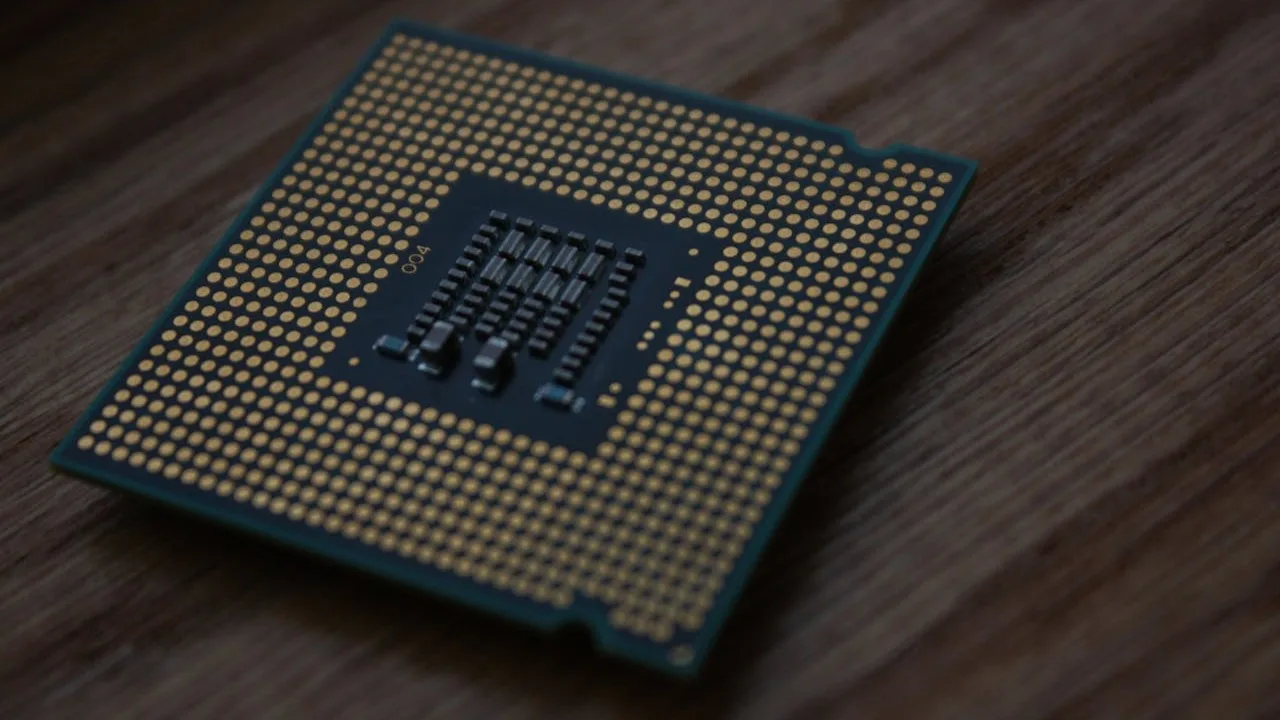
Final Words
The Intel - Nvidia deal is ground-breaking, but not for the reasons the headlines suggest. Nvidia remains dominant and could have continued alone. Intel however, is under pressure.. losing share to AMD, struggling in graphics, and needing a partner to revitalise its relevance.
Together, the two may create new kinds of CPUs + GPUs that reshape laptops and entry-level gaming PCs. But the broader story is geopolitical: a U.S. chip alliance forged in the shadow of a trade war with China.
For gamers, the message is simple: watch closely, but upgrade wisely. Nvidia might be playing with house money, but Intel has bet the house.



